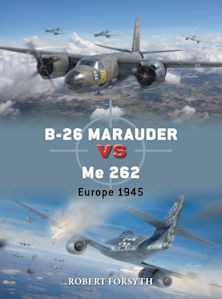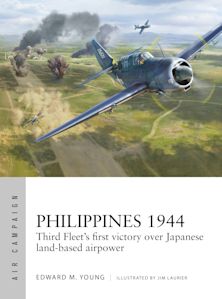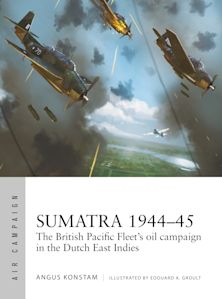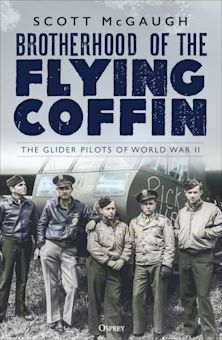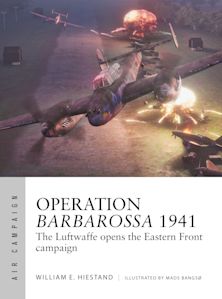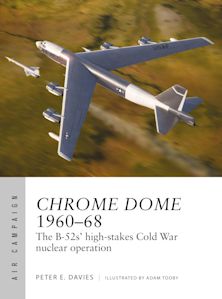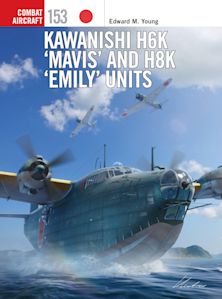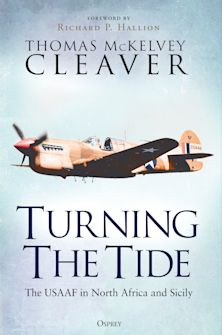Osprey Publishing Home
F-111 & EF-111 Units in Combat
- Delivery and returns info
-
Free CA delivery on orders $40 or over
Description
The General Dynamics F-111 was one of the most technically innovative designs among military aircraft, introducing the variable-sweep wing, terrain-following radar, military-rated afterburning turbofan engines and a self-contained escape module among other features. Designed as a cost-saving, multi-role interceptor, naval fighter and strike bomber, its evolution prioritised the latter role and it became the USAF's most effective long-range strike aircraft during three decades of service. Rushed into combat in Vietnam before some of its structural issues were fully understood, the type suffered several early losses and gained an unfairly negative reputation that dogged it for the rest of its career, and restricted funding for more advanced versions of the design. However, in Operation Linebacker in 1972 the F-111 flew 4000 nocturnal under-the-radar missions, delivering, with unprecedented accuracy, many decisive blows that would have resulted in heavy losses for any other attack aircraft.
Post-war, F-111E/F variants were concentrated in two USAFE wings in the UK, and one of these was chosen in April 1986 to deliver a punitive strike on Libya in response to a series of terrorist attacks on US targets in Beirut and Europe. The 48th Tactical Fighter Wing (TFW) flew a 14-hour mission direct from its Lakenheath base, hitting several military targets around Tripoli. Five years later both UK-based wings, including their sophisticated EF-111A defence suppression aircraft, led the attack on the first night of Operation Desert Storm, decimating Iraq's huge military capability. For the rest of the campaign the F-111s were crucial in destroying bridges, airfields and deep-seated command bunkers with pinpoint accuracy using laser-guided munitions.
Table of Contents
Vietnam
El Dorado Canyon
Desert Storm
RAAF and the F-111 legacy
Appendices
Product details
| Published | Feb 18 2014 |
|---|---|
| Format | Paperback |
| Edition | 1st |
| Extent | 96 |
| ISBN | 9781782003472 |
| Imprint | Osprey Publishing |
| Illustrations | 20 b/w; 90 col |
| Dimensions | 248 x 184 mm |
| Series | Combat Aircraft |
| Short code | COM 102 |
| Publisher | Bloomsbury Publishing |

Resources
Discover More
Visit our exclusive member's website to see artwork, maps, and more from this book.

Resources
Book Vote
Tell us what titles you would like to see published by Osprey, then vote for your favourites in our monthly book vote!














